PRODUCTS to eliminate dry rot fungi
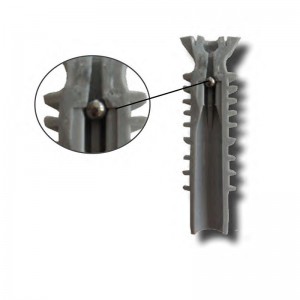
MABI injectors 12mm Grey x500
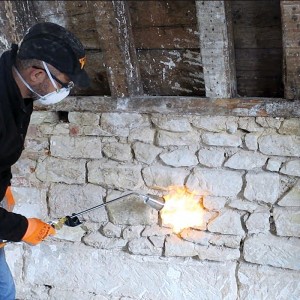
Blowtorch with 60cm Extender Pole

MABI Airless diaphragm pump 5.5L in set
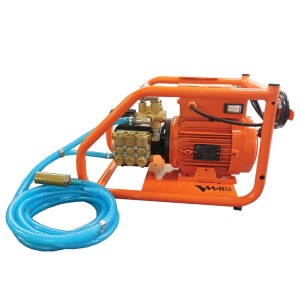
MABI ECO 8lmin HP

SDS drill for concrete Ø12 L260 mm
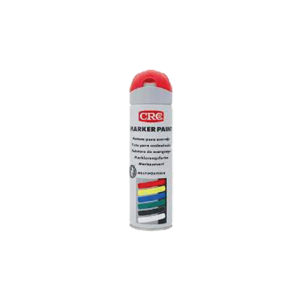
650ml orange spray paint

MABI Airless diaphragm pump 4.5L in set
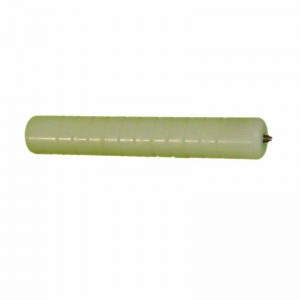
Male mounting tool for injectors without head ø 6.5-9.5-12
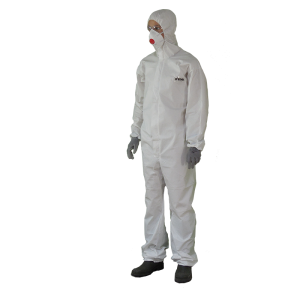
Disposable coverall for dust protection XXL
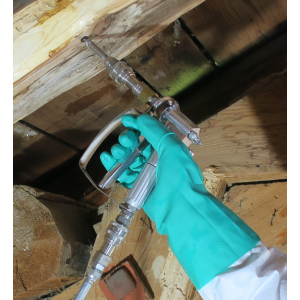
Size 9
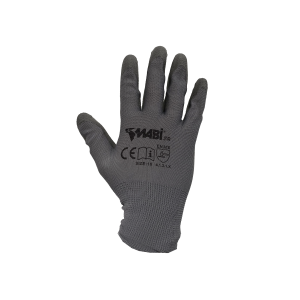
Multi-uses gloves size 10
Get rid of dry rot fungi in timber
1/ Preparation
– Brush with a wire brush to remove the fungus‘ mycelium.
– Burn with a blowtorch the floors, walls and masonries, to destroy any Serpula Lacrymans parts: fruiting body, mycelial extension, etc.
– Remove the rubble, spraying it with fungicide to prevent new contamination.
2/ Treatment
– Drill in a grid pattern over the whole surface concerned, with holes spaced about 15 to 20cm in a staggered row on several lines and/or to both sides of the wall.
The depth of the injection holes should be the 3/4 of the total thickness of the wall.
– Set the injection packers into each drilled hole and inject the fungicide with your MABI pump.
– Spray the chemical to the whole of the area concerned.
The MABI injection packers allow an injection into the wall without backflow of chemical from the injected hole or the adjacent bore holes. The biocide chemical is where it should be, for a safe and effective dry rot treatment.
Get rid of dry rot fungi present in masonry
1/ Preparation
– Brush with a wire brush to remove the fungus‘ mycelium.
– Burn with a blowtorch the floors, walls and masonries, to destroy any fungus parts: fruiting body, mycelial extension, etc.
– Remove the rubble, spraying it with fungicide to prevent new contamination.
2/ Treatement
– Drill in a grid pattern over the whole surface concerned, with holes spaced about 15 to 20cm in a staggered row on several lines and/or to both sides of the wall.
The depth of the injection holes should be the 3/4 of the total thickness of the wall.
– Set the injectors into each drilled hole and inject the fungicide with your MABI pump.
– Spray the chemical to the whole of the area concerned.
